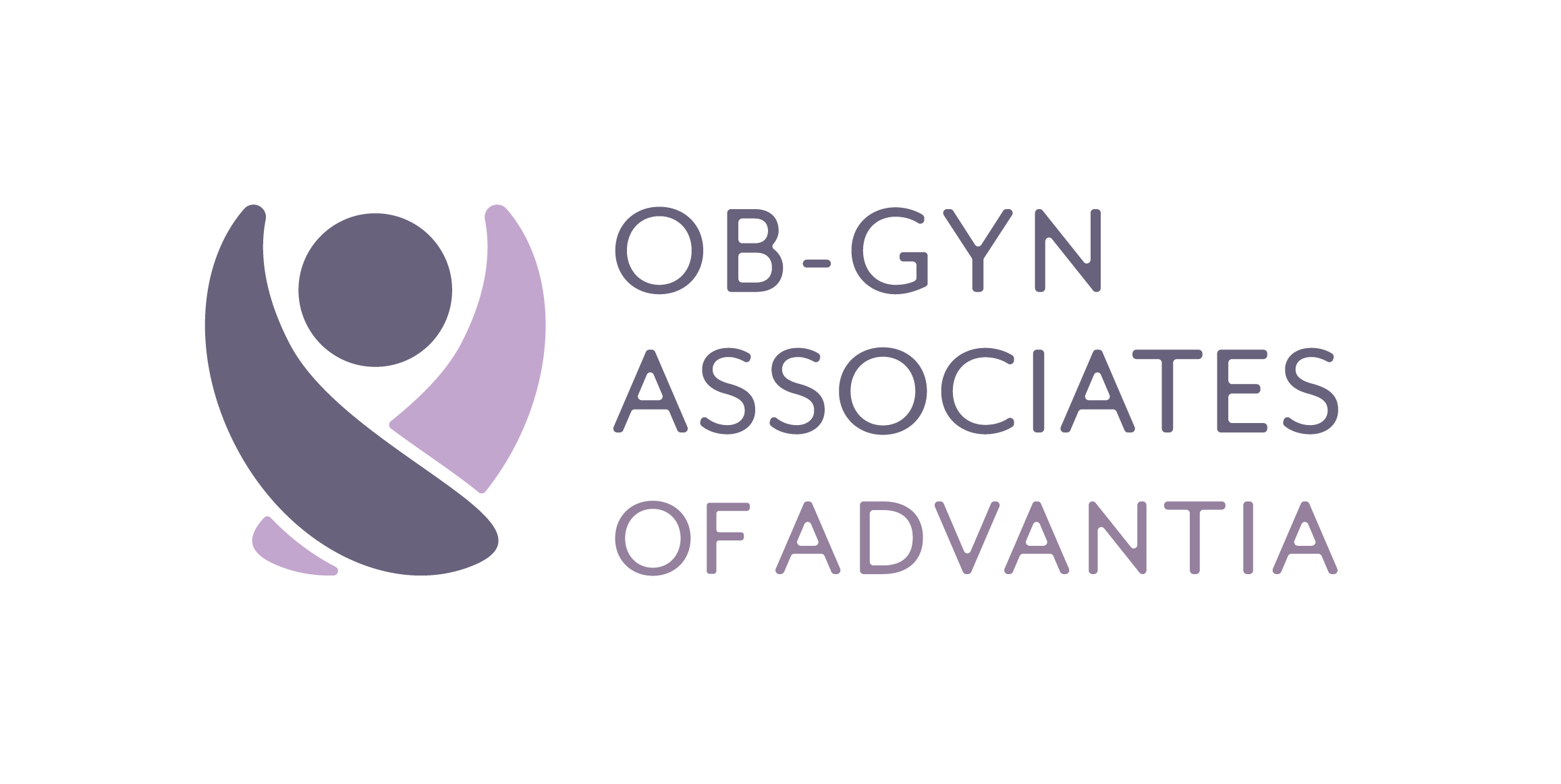
Published on: 1 May, 2025
Read Time: 6 min
Pregnancy can be a miraculous journey filled with joy, anticipation, and the promise of new life. However, it also brings significant changes to a woman’s body, particularly when it comes to the pelvic floor. This vital part of the body is deserving of attention and care, especially during and after pregnancy. Read more on the pelvic floor’s role in pregnancy, common issues, and tips for maintaining pelvic floor health.
Understanding the Pelvic Floor and Its Role in Pregnancy
The bladder, uterus, and rectum are pelvic organs that are supported by the pelvic floor, which is made up of muscles, ligaments, and connective tissues. During pregnancy, the pelvic floor experiences significant strain as the uterus expands and the baby grows. These changes can lead to weakened pelvic floor muscles or pelvic floor dysfunction. This may cause issues such as urinary incontinence, fecal incontinence, and pelvic organ prolapse.
Common Pelvic Floor Issues During and After Pregnancy
During and after pregnancy, various pelvic floor disorders can emerge, causing discomfort and impacting a woman’s daily life. These include:
Urinary Incontinence
Many women experience urinary incontinence, leading to unintended urine leakage during regular activities such as coughing, sneezing, or laughing, due to the pressure exerted on the pelvic floor during pregnancy and childbirth.
Pelvic Organ Prolapse
This condition entails the descent of pelvic organs, like the bladder, uterus, or rectum, into the vaginal space, often causing sensations of pressure and discomfort.
Pelvic Floor Muscle Weakness
Weakness in the pelvic floor muscles can result in compromised bladder and bowel control, as well as impacting sexual function–underlining the necessity of actively addressing these issues to ensure overall pelvic floor health.
Tips for Maintaining Pelvic Floor Health During Pregnancy
Maintaining the health of the pelvic floor during pregnancy is crucial for minimizing the risk of developing pelvic floor dysfunction. Here are some effective tips to support pelvic floor health during and after pregnancy:
Regular Kegel Exercises
Engaging in Kegel exercises can effectively strengthen the pelvic floor muscles, contributing to improved bladder control and overall support for the pelvic region. See more detailed instructions on how to perform Kegel exercises below.
Pelvic Tilts
Practicing pelvic tilt exercises can help to strengthen and stabilize the muscles in the pelvic region. These exercises promote flexibility and aid in maintaining proper alignment, reducing the strain on the pelvic floor. If you’ve ever taken a yoga class, you may remember this as the “cat-cow” pose, alternating between a “cat” position (rounding the back) and a “cow” position (arching the back) while on your hands and knees.
Deep Belly Breathing
Deep breathing techniques can enhance the connection with the pelvic floor muscles, promoting relaxation and improved circulation, which is vital for maintaining their health and function. You can start incorporating deep belly breathing into your daily routine while laying down on your back, standing, or on all fours.
Maintaining a Healthy Weight
Striving to maintain a healthy weight throughout pregnancy can alleviate the extra strain on the pelvic floor, contributing to its overall health and strength. It’s essential to have consistent discussions with your healthcare provider to ensure you are maintaining a healthy weight that is right for you and your baby’s well-being.
Staying Hydrated
Proper hydration is essential for maintaining the health of connective tissues and muscles, including those within the pelvic floor. It’s also crucial for optimizing function and promoting resilience and plays a pivotal role in supporting the health of the developing baby in the womb.
Adopting Good Posture
Maintaining good posture can aid in reducing the pressure on the pelvic floor, thus contributing to its health and minimizing the risk of dysfunction during pregnancy. Good posture also helps in supporting the spine and overall body alignment.
By incorporating these into your pregnancy routine, you can help ensure the maintenance of your pelvic floor health, promoting a more comfortable and supported pregnancy and postpartum experience.
Exercises to Strengthen the Pelvic Floor
After pregnancy has progressed, engaging in pelvic floor exercises becomes especially important. These exercises are designed to improve pelvic floor muscle strength and endurance. When performed correctly, these exercises can contribute to better bladder control and improved sexual function post-pregnancy.
Kegel Exercises
Kegels involve the contraction and relaxation of the pelvic floor muscles. To perform Kegel exercises, identify the muscles you use to stop urination midstream. Once identified, contract these muscles for 5 seconds and then relax for 5 seconds. Gradually work your way up to 10-second contractions with 10 seconds of rest.
Aim to complete 10-15 repetitions, 3 times a day. Regular practice of Kegel exercises can significantly improve bladder control and support pelvic floor strength. You can do these from any position that is most optimal for you.
Bridge Exercise
This exercise not only targets the pelvic floor but also engages the core and glute muscles. Start by lying on your back with your knees bent and feet flat on the floor. Slowly lift your hips off the ground, creating a straight line from your shoulders to your knees.
Hold this position for 5-10 seconds, then lower your hips back to the starting position. Perform 10-15 repetitions, gradually increasing as your strength improves. To make this exercise more challenging, you may try it with a pilates ball or yoga block between your thighs–squeezing the ball or block together with every repetition.
Squats
Squats engage the pelvic floor, glutes, and thigh muscles, providing a comprehensive lower-body workout. Begin by standing with your feet shoulder-width apart or wider if that is most comfortable for you. Lower your body as if you were sitting back in a chair, ensuring your knees stay behind your toes.
Aim to reach a 90-degree angle with your knees, and then return to the standing position. Perform 10-15 repetitions, focusing on proper form and controlled movements.
These exercises can help to strengthen your pelvic floor muscles, improve bladder control, enhance sexual function, and promote overall pelvic health. Always consult with a healthcare professional before starting any new exercise program, especially post-pregnancy.
When to Seek Help for Pelvic Floor Concerns
Recognizing the signs that indicate the need for professional care is crucial. Symptoms such as persistent urinary leakage, the sensation of pressure in the pelvis, or difficulty controlling bowel movements could signify an underlying pelvic floor issue. Seeking help early can prevent these issues from significantly impacting a woman’s quality of life.
How Advantia Health Supports Pelvic Floor Health
At Advantia Health, we understand the importance of pelvic floor health during and after pregnancy. That’s why our obstetrics and gynecology services encompass comprehensive care for pelvic floor disorders. From advanced diagnostics to personalized treatment plans, our team is dedicated to helping women improve their pelvic floor health and overall well-being.
Book An Appointment with Advantia Health!
We’re here to support you on your journey through pregnancy and beyond. Book an appointment with Advantia Health today to receive personalized care and access the support you need for optimal pelvic floor health. Let us partner with you to ensure that this crucial aspect of your well-being is given the attention it deserves.





